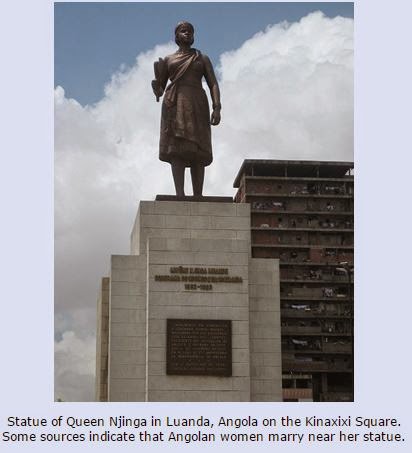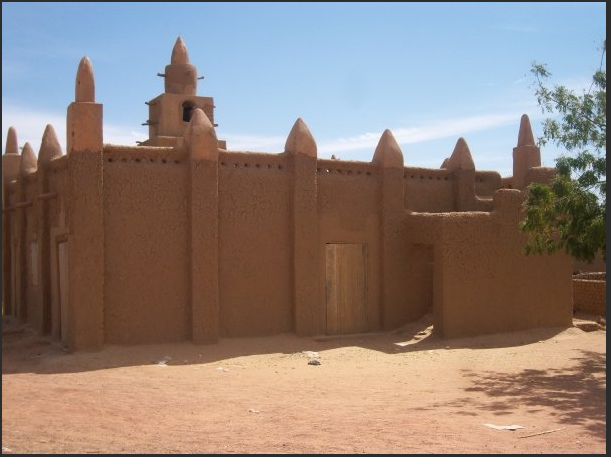 |
| Courtesy of Michelle Epperson Family album |
He was born in Mississippi in 1897, home of various tribes including the Choctaw Indians. It wasn't uncommon in the days of the settler, to find stories of slaves, Indians even Whites finding themselves carefully torn and intermingling to make sense of all these new types of peoples being discovered and created. The trivia of who is civilized and who is not. Who to trust and who will tear families apart. Human decency, was not bestowed on the 'uncivilized' man, if only but a myth, and if you found yourself in one of these groups or perhaps a mixture of peoples, it has been a wonder that all of our history has not been lost. Although many tried to kill off, crumple in spirit, demoralize and weaken the minorities of the era, there is this mysterious question of how we are all connected. Why was it so important to remove whole races from existence out of ignorance and greed?
 Young Diane Fletcher is historically portrayed at the University of Oklahoma with a few bits and pieces of her life that I'm sure don't do her justice but this photograph lives on enough to give us ponder as to who she was and how this image of her has managed to live on. The daughter of a runaway slave and Seminole mother lost to the infamous Trail of Tears, like many of our stories, it is our pain that makes our persistence and fight to survive even stronger. This atrocity in itself began in what is called the Jacksonian Era where no Native American was safe from Andrew Jackson's wrath. And although in this time of the Indian Removal, the Cherokee Nation vs. Georgia took their plight to the U.S. Supreme court, it would be scoffed and ignored by the President. The removal would happen at a devastating cost.
Young Diane Fletcher is historically portrayed at the University of Oklahoma with a few bits and pieces of her life that I'm sure don't do her justice but this photograph lives on enough to give us ponder as to who she was and how this image of her has managed to live on. The daughter of a runaway slave and Seminole mother lost to the infamous Trail of Tears, like many of our stories, it is our pain that makes our persistence and fight to survive even stronger. This atrocity in itself began in what is called the Jacksonian Era where no Native American was safe from Andrew Jackson's wrath. And although in this time of the Indian Removal, the Cherokee Nation vs. Georgia took their plight to the U.S. Supreme court, it would be scoffed and ignored by the President. The removal would happen at a devastating cost.The map below shows the 1,200 mile path from Tennessee to Oklahoma, taking nearly a year in the brutal winter of 1839 for men, women, children and troops to trek. Samuel Cloud, was only a small child when his Cherokee family were forced to give up their homes. He remembers being pushed out at gunpoint, his parents broken hearts, and the many onlookers as they passed by, state after state. Yet still he managed to pass down this stunning and vivid account that his Great-great grandson would share and that we all should take the time to read.
 |
| Taken from Trail of Tears web project www.univie.ac.at |
Georgia's state flower, the Georgia Rose, is said to have grown wild along the path of this trail for every tear an Indian cried that touched the ground. Five white pedals to represent the clans of Cherokee, a yellow center depicting the gold stolen from their lands, and a thorny bush that conquers all who try to destroy it.
Works Cited:
http://www.ushistory.org/us/24f.asp
http://www.semtribe.com/history/
http://www.angelfire.com/ny4/HOMEPAGE/writings/tearsmemory.html
http://www.womeninhistoryohio.com/diana-fletcher.html
http://www.univie.ac.at/Anglistik/webprojects/LiveMiss/TrailofTears/trailtext.htm
http://www.powersource.com/cocinc/articles/rose.htm










